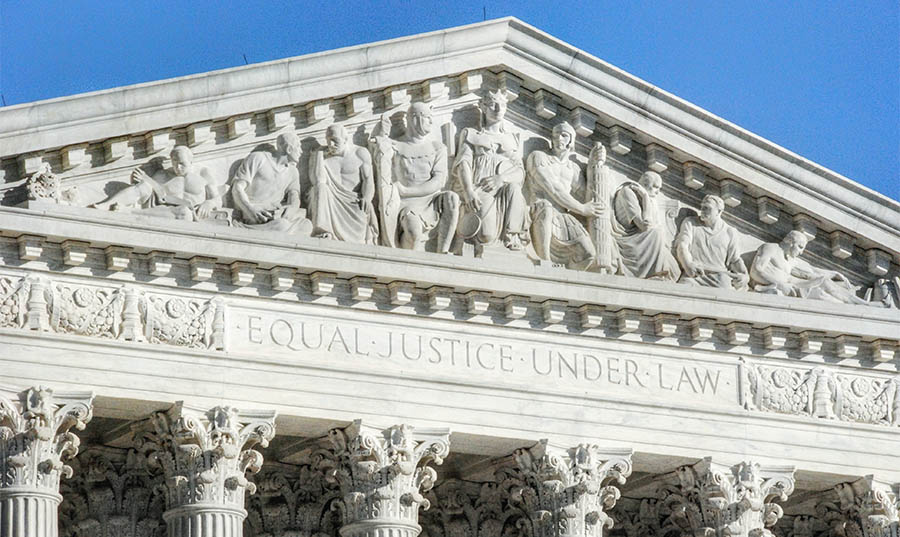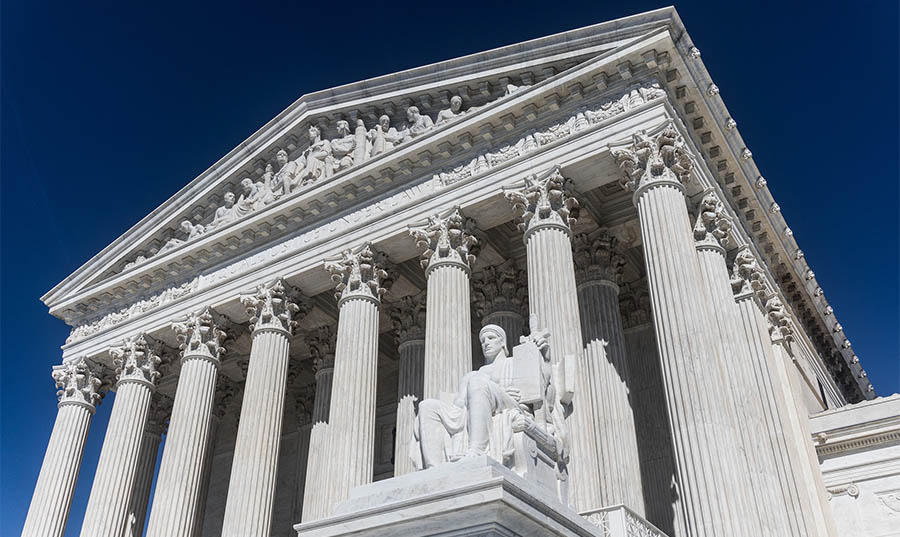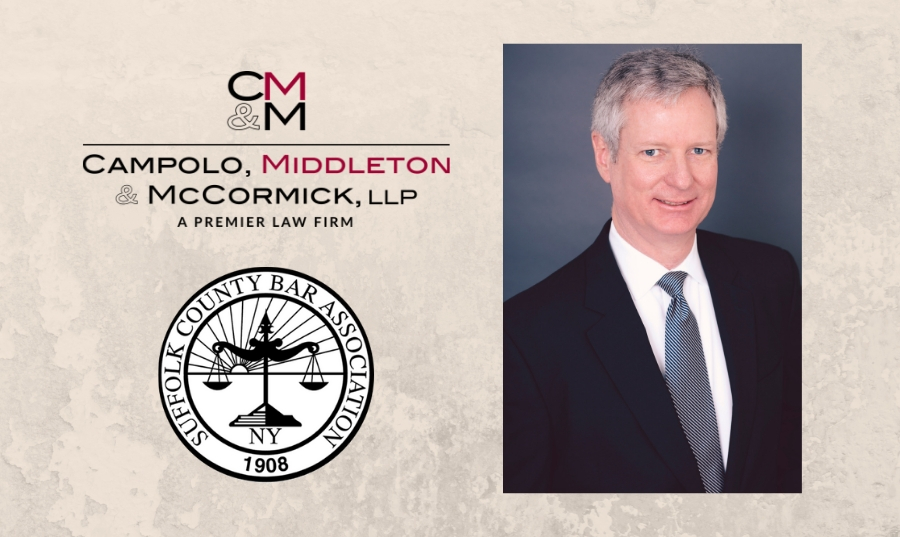By Patrick McCormick and Richard DeMaio
The political drama surrounding Justice Kavanaugh’s confirmation captivated the public this fall. Across the country, people were glued to their screens watching the proceedings. But why? Fierce ideological debates and even allegations of sexual assault are not new to confirmation hearings. Throughout history, confirmation hearings have involved sexual assault allegations (Justice Thomas) and ideological disagreements (Robert Bork). However, they have never been mixed into a single cocktail featuring a former political operative such as Justice Kavanaugh.
Justice Kavanaugh’s confirmation serves as an example that any time politics threatens to seep into the Court, it will be met with resistance. Look no further than the two most recent nominees, Merrick Garland and Justice Gorsuch. Merrick Garland—who sat on the D.C. Circuit with Justice Kavanaugh where they voted the same in 93% of the cases—had full support of the Democrats. And although Justice Gorsuch found himself in the middle of a political battle after the Senate failed to consider Garland for a vote, he nonetheless emerged from his confirmation relatively unscathed with majority support. Justice Kavanaugh’s “X-factor,” that Merrick Garland and Justice Gorsuch lacked, was a position as a Republican operative.
A combination of Justice Kavanaugh’s uncanny timing and political baggage exacerbated the politics and emotions that naturally underlie the nomination process. Justice Kavanaugh filled the seat of retired Justice Kennedy, who was the swing vote on several controversial issues such as abortion, same-sex marriage, affirmation action, and campaign finance. This came weeks before the midterm elections where optimistic Democrats hoped to flip a few seats in the Senate to block his nomination. On top of it all, sexual assault allegations against Justice Kavanaugh surfaced in the midst of the #MeToo movement.
The well-known politics of Justice Kavanaugh’s previous stints as associate counsel during the Ken Starr investigation and White House Counsel for President Bush compounded the heightened political realities. Justice Kavanaugh, who urged he would “call balls and strikes,” was the same man that helped build a case to impeach President Clinton and peddled many Republican policies in the Bush White House. He was also touted by President Trump as the means to fulfill a campaign promise to nominate a conservative justice willing to overturn Roe v. Wade.
Against this political backdrop was the myth that Senate confirmation hearings are supposed to be apolitical, with the sole inquiry being the qualifications of the nominee. That Justice Kavanaugh’s confirmation hearings were politically charged should not be surprising. Half the process required to seat a justice is bestowed upon the Senate—the most deliberative and gridlock-prone political institution in our government. Article II of the Constitution vests the president with the power to nominate justices and checks that power by requiring the “advice and consent” of the Senate. Presidents may nominate justices based on their judicial philosophies and politics. It is likewise appropriate for the Senate to reject nominees based on ideological or political differences. The Constitution does not require deference to the President’s nominee or the majority party.
A fear permeating the Constitutional Convention in 1787 was vesting too much power in the President. With that fear in mind, in July 1787 Nathaniel Gorham of Massachusetts proposed that judges be appointed “with the advice and consent of the second [legislative] branch.”[1] Gorham believed the president would “trust to information from the members about possible judicial nominees.”[2] At this point, a proposal to allow judges to be “appointed by the National Executive” failed. On September 12, 1787, the final version of the Constitution vested the President with the ability to nominate federal judges “with the advice and consent of the Senate.” In Federalist 76, Hamilton, who favored a strong executive, wrote that “advice and consent” required “co-operation” and that “[i]t would be an excellent check upon a spirit of favoritism in the President, and would tend greatly to prevent the appointment of unfit characters from State prejudice, from family connection, from personal attachment, or from a view to popularity.”
The history of Supreme Court nominations reaffirms the political nature of the confirmation process. From the first nominations in 1789, the Senate has confirmed 125 of 163 nominations for the Court. Of the 37 unsuccessful nominations, twelve were rejected in Senate roll-call votes, while most of the rest were withdrawn in the face of opposition or postponed and never voted on by the Senate. Unsurprisingly, these nominations were unsuccessful because of ideological and political reasons.
From the earliest days of the Court in 1795, President Washington named John Rutledge to be the second Chief Justice. Rutledge was appointed during a congressional recess and briefly served as Chief Justice. Shortly after his appointment, Rutledge delivered a speech vehemently attacking the controversial Jay Treaty.[3] Disregarding the fact that President Washington supported the treaty and that the Senate approved it, many cited to Rutledge’s political blindness as evidence of mental incapacity. Because the Senate disagreed with Rutledge’s views on the Jay Treaty, the Senate rejected his confirmation by a 14-10 vote.
Over the course of the 19th century, the Senate rejected about 20 percent of presidential nominees for the Supreme Court. President Cleveland had particular difficulty filling a Supreme Court vacancy all because of political tension between himself and then powerful New York Senator, David Hill. Senator Hill successfully blocked two of President Cleveland’s nominees. First, Senator Hill managed to block the nomination of William Hornblower in 1893. As president of the New York City Bar Association, Hornblower convened an investigation into a prominent judge who happened to be good friends with Senator Hill. The investigation led to accusations that the judge engaged in improper conduct in a contested election while he was deputy attorney general. The investigation ultimately led to the judge’s defeat for a seat on the New York Court of Appeals. Retaliating against Hornblower for derailing his friend’s seat on New York’s highest Court, and as the political foe of President Cleveland, Senator Hill vigorously campaigned against Hornblower’s nomination. Hill’s efforts were successful: the Senate rejected Hornblower’s nomination by a vote of 30-24. Senator Hill’s forceful opposition continued in 1894 when he also successfully blocked the nomination of Wheeler Peckham. Stuck between the political feud of President Cleveland and Senator Hill, the Senate rejected Wheeler’s nomination by a vote of 42-31.
In the 20th century, high-profile rejections followed. Considered part of the “southern strategy,” President Nixon nominated Clement Haynsworth and Harold Carswell. Both nominees supported segregation and were cynically viewed as Nixon’s way of rewarding southerners after winning the election. The rejection of both nominees was an indictment of President Nixon’s allegiance to his political strategy rather than the qualifications and merits of his nominees. But the rejection train did not stop there. A decade later stark ideological differences fomented the rejection of Robert Bork.
Following Bork’s rejection, the Senate considered two nominees whose pasts caught up to them with now-familiar allegations. Shortly after the Bork debacle, President Reagan nominated Douglas Ginsburg. Before his name was even officially submitted to the Senate, he was forced to withdraw his nomination because of his admission that he used marijuana.
A couple of years after that, allegations of sexual harassment followed Justice Thomas through his confirmation.
History adds up to this point: politics will—for better or for worse—always be part of the of the confirmation process. The reality is that justices will always carry baggage with them onto the Court. But the justices that leave lasting impacts are those that carry principled records of advocacy and judicial opinions. Justices like Thurgood Marshall, Antonin Scalia, and Ruth Bader Ginsburg will always be revered because their judicial philosophies were formed on principles, not politics. Nominating partisan people to fulfill partisan campaign promises will always make the nomination process political. Fears of partisanship will undermine the credibility of the nominee as well as the legitimacy of the Court. The stakes surrounding Kavanaugh’s confirmation were undeniably high. A single justice may tip the scales of justice in favor of a conservative majority for a generation. More than anything, Justice Kavanaugh’s confirmation is a reminder of the one place where politics does not belong—on the Supreme Court of the United States.
[1] Records of the Federal Convention of 1787, Max Farrand ed., New Haven: Yale University Press, 1911, Vol. II.
[2] Id.
[3] The Jay Treaty was a controversial treaty entered between the United States and Great Britain to relieve post-revolutionary war tension. The treaty was unpopular among the public, but it managed to garner enough support to squeak through the Senate. President Washington implemented the treaty in the face of disapproval, realizing it was the price of peace with Great Britain.









